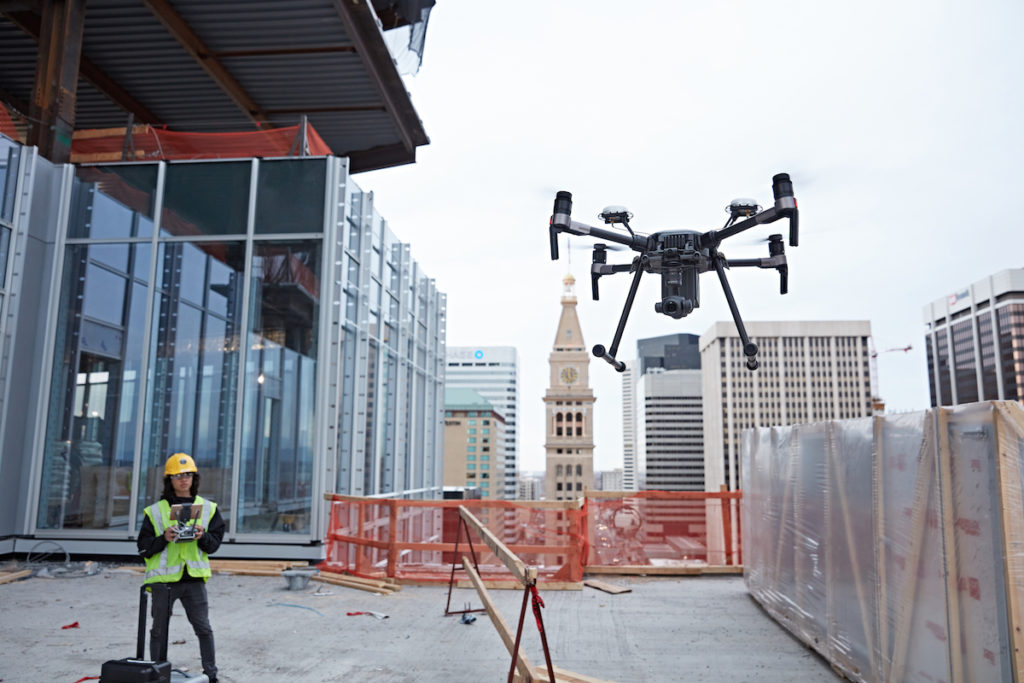
New GPS chip will make Google Maps, Uber more accurate

Image for illustration purposes only
It happens all the time. You send your location to a friend through an app and realize the map is showing you off by at least 20-30 feet. Frantic phone calls to deliver corrective directions follow and you find yourself cursing ‘that stupid GPS’.
But all that’s going to change soon, according to a report by IEEE Spectrum. Semiconductor company Broadcom is working on a GPS chip that can deliver an accuracy of up to 30cm – just under one feet. This is a massive improvement on the chips today which are typically accurate only up to three to five meters. This error range, often magnified by concrete jungles in urban settings, is the reason why your GPS-enabled phone is unable to detect whether you are on the road or outside your building door.
So, what’s changing?
Currently, our location is determined by single frequency GPS receivers. With more countries setting up global navigation satellite systems, we now have more satellites operating at a different and more accurate frequency. Broadcom’s new chip uses both the old and the new frequency to compute position much more precisely in urban and open environments alike.
Clearly, the chip’s incredible accuracy will allow location-based service providers to up their game and offer a richer user experience to the consumers. “For example, lane-level knowledge of the vehicle’s location vastly improves the turn-by-turn navigation performance. Further, combining this accurate location with the lane’s traffic pattern gives consumers a significantly better estimate of arrival times. In the same vein, ride-hailing applications can be enhanced to more precisely pinpoint driver and client location,” Broadcom says in a statement.
The chip, called the BCM47755, has been designed keeping minimal power consumption and footprint in mind. Broadcom, in fact, claims that it will consume less than half the power of previous generation GNSS chips. The chip will start shipping in some phones in 2018, but the company is not revealing any manufacturer or model names yet. The waiting game begins…









